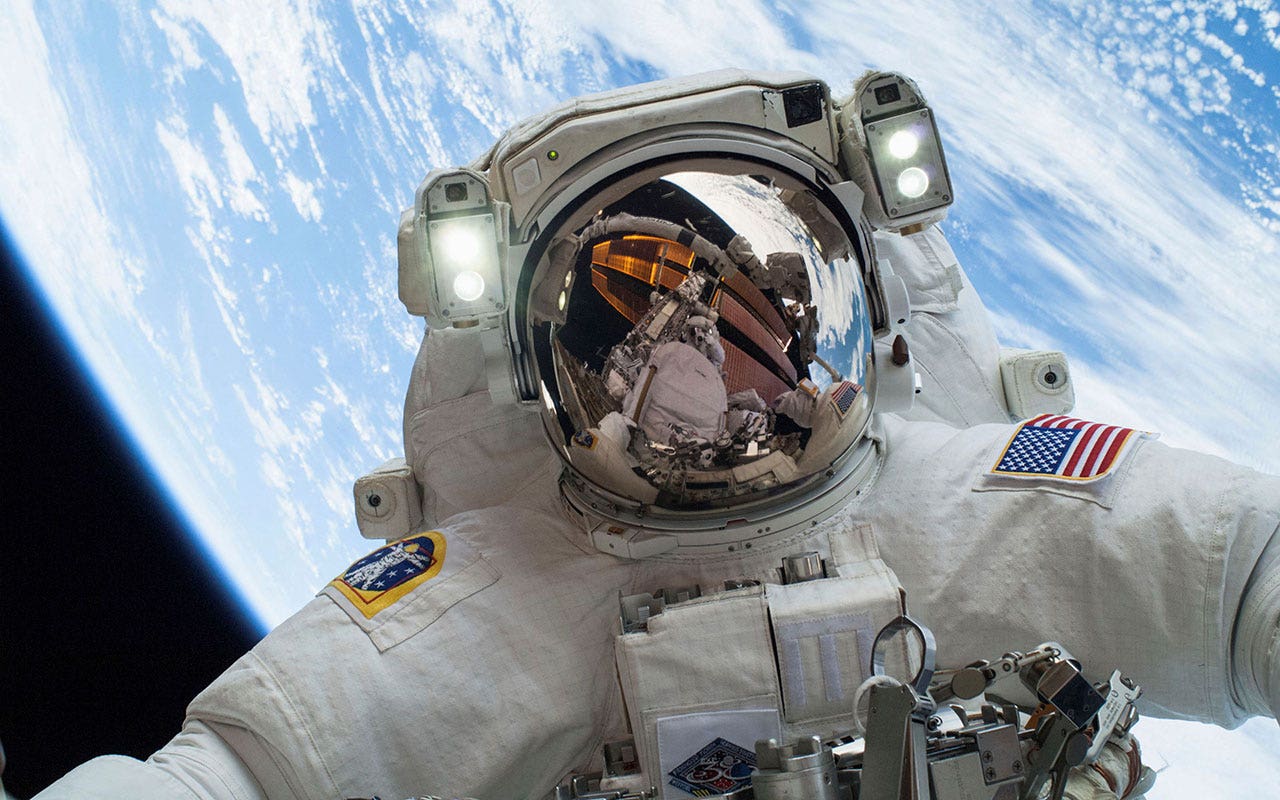
Q: Can that plastic spoon really return to nature?
On the face of it, biodegradable plastic is a miracle. It looks like plastic and works much like plastic. And it goes back to nature after you throw it away.
But there’s a big catch: Just because your plastic fork, cup or doggy poop bag is marketed as biodegradable, that doesn’t necessarily mean it’ll break down in the environment. The same goes for so-called compostable plastic. Here’s why.
You need the right conditions.
A lot of biodegradeable plastic really does break down, but only under certain conditions. One of the most common compounds is a polyester known as PLA, short for polylactic acid, which will biodegrade in an industrial compost setting.
But most places in the United States don’t do industrial composting. That means discarded PLA is highly likely to end up in landfills, in rivers and streams, or in the ocean. It might even be burned, releasing planet-warming gases and toxic chemicals into the environment.
What’s more, most curbside recycling programs aren’t able to recycle biodegradable plastics, including PLA. If people throw them into a recycling bin, they can contaminate the plastic that really belongs there. And that creates sorting headaches for recyclers.
(And for dog poop bags, keep in mind that many commercial composters don’t accept pet waste. That’s one reason the Federal Trade Commission has issued warnings that “biodegradable” claims made by the makers of dog waste bags may be deceptive.)
“It’s complicated, because biodegradability changes depending on where you’re at and what happens to your plastic,” said George W. Huber, a professor of chemical engineering at the University of Wisconsin-Madison who works on solutions for plastic waste. “And there are companies who make claims about biodegradable plastic that aren’t backed up.”
That kind of misinformation doesn’t just mean well-meaning people might be paying more for something that doesn’t help the environment in the way they think it does, he said. It can also create more consumption, and trash, if people are led to believe they can buy as much biodegrade plastic as they want, with little effect on the planet.
Possibly worse, it could also make people feel they can dump their trash anywhere because they think biodegradable plastic will just return to nature all by itself. (Again, it won’t. So please don’t litter!)
So, are things getting better?
The crux of the matter, of course, is that the world is drowning in plastic.
According to the United Nations Environment Program, the world produces 430 million metric tons of plastic a year, more than the total weight of all humans. Just 9 percent of plastic waste gets recycled, UNEP estimates. And ordinary plastic, made from fossil fuels, takes centuries to degrade.
Biodegradable plastic is one promising solution, and scientists around the world are working on new kinds. Dr. Huber’s team in Wisconsin, for example, has been developing a new type of plastic made from corncobs that’s readily biodegradable and could potentially replace polyethylene, which is used widely for packaging. But getting production costs down remains a challenge.
Ruihong Zhang, a professor of biological and agricultural engineering at the University of California, Davis, thinks the world can soon get biodegradable plastic right. She’s working on a plastic made from cheese waste byproducts that biodegrades more easily in the environment.
That wouldn’t just reduce the amount of plastic waste that goes to landfills. Making plastic from food waste would also generate fewer planet-warming emissions. “We’re basically trying to solve the waste problem and reduce emissions at the same time,” Dr. Zhang said.
Try to know your plastics.
So, if you want to cut down on your environmental footprint, what can you do to navigate the tricky world of biodegradable plastic?
First, you could familiarize yourself with the main types of biodegradable plastic. And before you buy any plastic marketed as biodegradable, check what that actual plastic is, and what conditions it needs to actually biodegrade.
The nova-Institute, an independent research organization in Germany that works on plastic solutions, has a helpful graphic that breaks down some of the main types. It also tells you whether they’re proven to biodegrade — in soil, in landfills, in freshwater or in the sea — or whether they require more specialized treatment, like an industrial composter or anaerobic digester.
Then, if biodegradable plastic doesn’t exist for your needs, it may make sense to use recyclable plastic instead. (But remember that recycling comes with its own challenges.)
And ask yourself: Are there nonplastic alternatives to the thing you need that are reusable, or made from a truly biodegradable material like paper?





